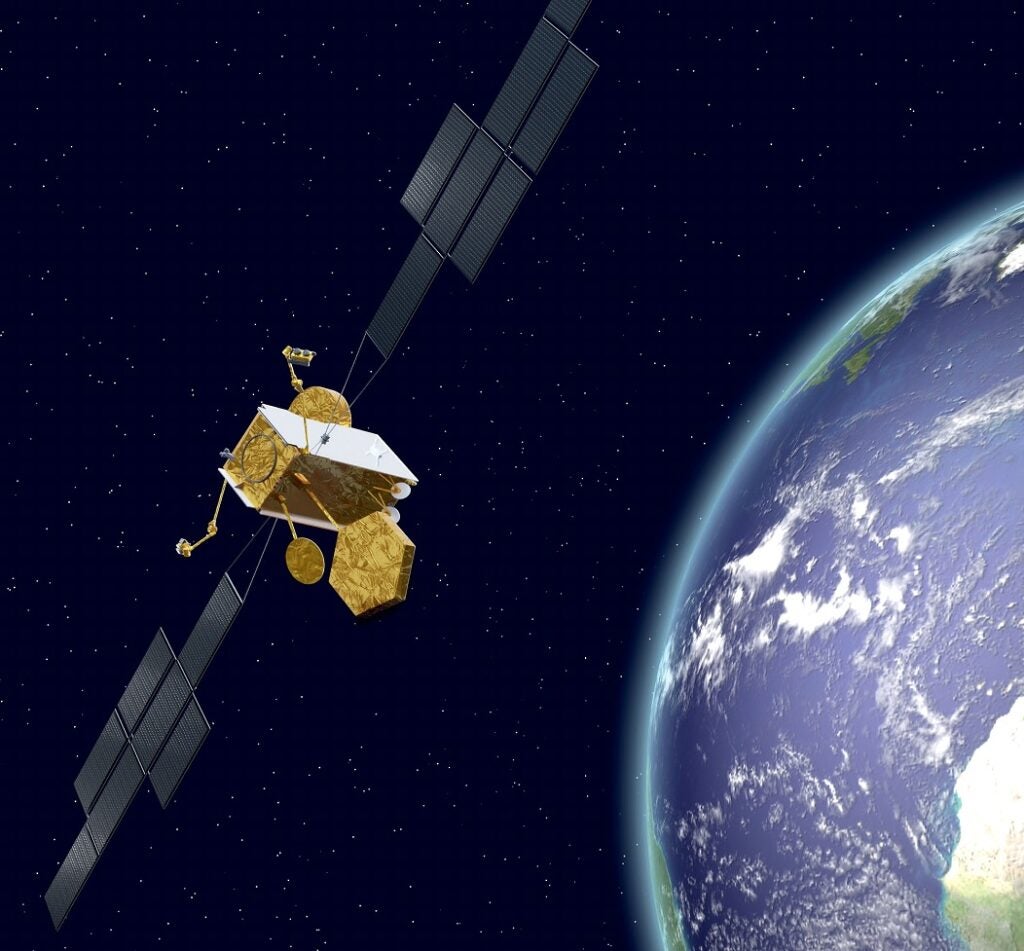
NATO recently officially recognised space as the fifth military operational domain. The US published its National Security Space Strategy at the beginning of 2021. Now, after working on it for nearly seven years, it was the UK Ministry of Defence’s (MOD) turn to unveil its own.
“The importance of space to defence is irrefutable. It affords us operational advantage against potential adversaries and, as a nation, we depend on it for resilience and our way of life,” Defence Secretary Ben Wallace says in the UK’s Defence Space Strategy published in February 2022.
But to understand the new strategy and the £1.4bn investments attached to it, we first need to look at the importance of space and the risks posed by threats in the domain.
Reliance on space
There is no doubt about the criticality of space assets in providing daily civil, commercial and military activities. Global communications, secure bank transactions, transport, meteorology and navigation all rely on them.
These all need protecting, but there are direct military applications of space resources too. Satellite communications, positioning, navigation and timing systems, earth observation and intelligence, surveillance and reconnaissance (ISR) applications are fundamental operational capabilities of modern armed forces that all depend on space-based assets.
Achieving Multi-Domain Integration also requires the protection of existing assets and the creation of new ones in space.
“Space operations for the Royal Air Force are not conceptual or experimental forays into sci-fi; they are an essential element of the multi-domain integrated force of today,” said Air Chief Marshal Mike Wigston in London at the Defence Space Strategy launch.
By disrupting or destroying satellites, a country could be swiftly stripped from its capabilities and pushed back into the nineteenth century.

Space is not safe
There are several hazards space hardware and astronauts can be subject to. Harsh space weather, radiation and meteoroid showers are the most common ones, but human errors can also cause collision and debris.
The main concerns, however, are anti-satellite weaponry. The world’s first satellite was the Soviet Union’s Sputnik launched in 1957. Just over 20 years later, both the Soviets and the US had performed anti-satellite missile tests, in technical violation of a 1967 United Nations treaty that banned “harmful contamination of space and celestial bodies.”
After several other tests, Washington decided to end all anti-satellite testing, citing concerns of damaging military and commercial assets.
By 2007 China has caught up and, after three failed attempts, demonstrated its emerging military might by launching an anti-satellite ballistic missile that destroyed one of its own inactive weather satellites. The missile reached a height of 530 miles, the approximate altitude where the US and Japan imagery intelligence satellites orbit.
The most recent demonstration, a direct-ascent anti-satellite test, was carried out by Russia destroying one of its own defunct low-earth orbit (LEO) satellites at the end of 2021.
“Russia recklessly destroyed an active satellite sending debris spinning around and endangering the International Space Station (ISS),” Defence Minister for Procurement Jeremy Quin said about the incident.
The problem with debris in space is that a speck of paint travelling at a speed of 15,000 mph in LEO can cause enormous damage even in the most durable materials. The UK Space Operations Centre took a lead role in tracking and categorising the debris, which led to warnings of a potential threat to those working on the ISS.
Talking about the threats associated with the space domain, Winston added: “Russian satellites continually make close approaches to other satellites, what we call rendezvous and proximity operations, possibly an indication of espionage activity, or possibly rehearsing for something much more sinister.
“Meanwhile, China seeks to become the world’s preeminent space now by 2045 and aspiration supported by developments in cyber and electromagnetic kinetic systems.”

MOD strategy
The Defence Space Strategy builds on the UK’s National Space Strategy published last year. The paper expressed the UK’s ambitions to become a world-class space mission operator and one of the most innovative and attractive space economies.
The strategy has three main objectives: protect assets, achieve seamless integration of space operations into other defence operations, and develop new technologies and upskill from across the whole of Britain.
Of the £1.4bn invested, £970m will go into a new intelligence, surveillance, target acquisition and reconnaissance (ISTAR) programme. This intends to establish the foundation of the next-generation constellation of ISR in LEO. It will be equipped with various sensors that will enhance observation capabilities across multiple aspects of the spectrum.
£61m will go into project Titania, which will explore optical laser communications technology to deliver data from space to Earth at a speed equivalent to high-speed broadband. The fast transfer of data will allow the UK to increase its awareness in the space domain, learn about sudden activities rapidly and better understand those.
The country’s current command and control system receives £135m to develop an architecture that will enhance commanders’ decision-making processes, and £145m will be used to deliver protecting solutions via space control capabilities.
Minerva
The MOD is investing an additional £127m into project Minerva. The effort will see the development of a network of satellites designed to integrate space with land, air, sea and cyber and, potentially, push the UK one step closer to its Multi-Domain Integration ambitions.
Prometheus 2
Lastly, under the Defence Space Strategy, England-based In-Space Mission will design and assemble two shoebox-sized satellites as test platforms for monitoring through GPS, radio signals and imaging. It will be launched in 2022 and operated from the UK by the Defence Science and Technology Laboratory, its international partners and Airbus Defence and Space.
Jeremy Quin added: “Despite its tiny size, this payload will include hyperspectral imager, measurement systems and global positioning receivers from the University of New South Wales and multiple software-defined radios from Airbus UK.”



